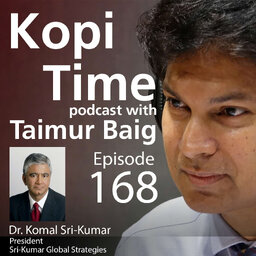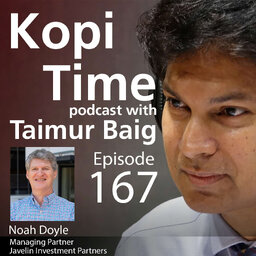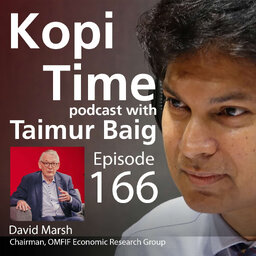Kopi Time E132 - GIC’s Prakash Kannan on Global Macro and Asset Allocation
Prakash Kannan, Chief Economist and Director of the Economics & Investment Strategy department at GIC, returns to Kopi Time to talk about evolving macro developments and implications for asset allocation. We cover it all in this discussion, from Fed outlook to EM resiliency, global liquidity to China policy, yen carry trade to gold, and how a portfolio suitable for the past decade is unlikely to bear similar fruit going forward. Lots of insights.
 DBS Economics & Strategy
DBS Economics & Strategy


